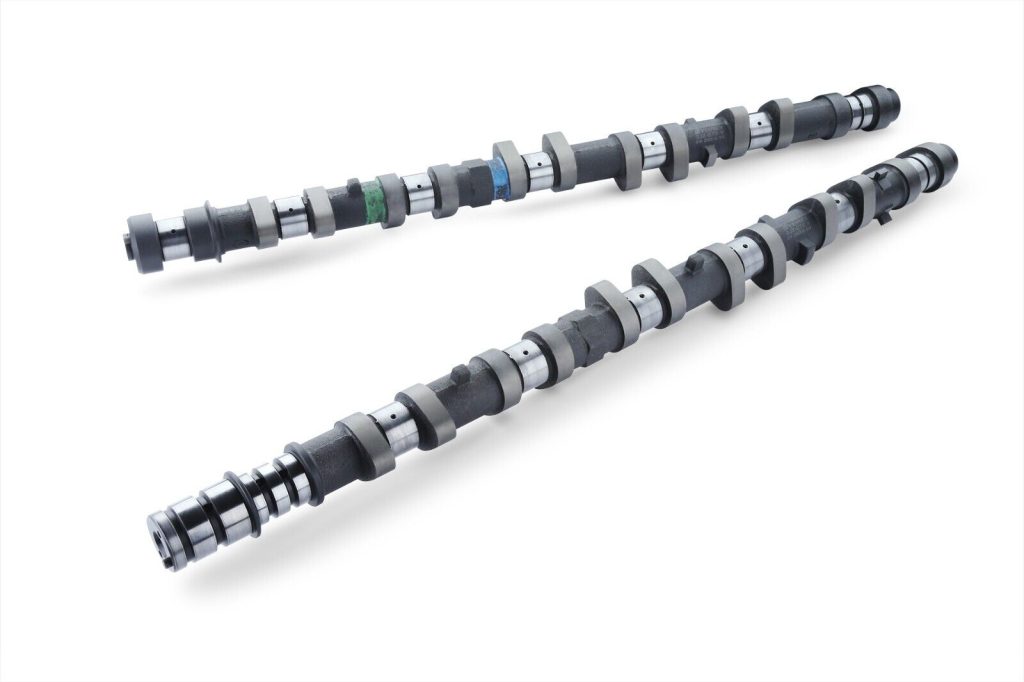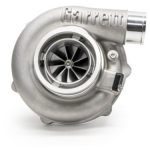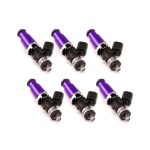For the Series 2 R34 GTR in 2001, the stock camshaft specifications for the RB26DETT engine are as follows:
Intake Camshaft:
- Duration: Approximately 240-242 degrees
- Lift: Around 7.8-8.0 mm
Exhaust Camshaft:
- Duration: Approximately 236-238 degrees
- Lift: Around 7.8-8.0 mm

The Tomei Type B Poncam camshafts are aftermarket performance camshafts designed for the RB26DETT engine.
Intake Camshaft (Tomei Type B Poncam):
- Duration: Approximately 260 degrees
- Lift: 9.15 mm
Exhaust Camshaft (Tomei Type B Poncam):
- Duration: Approximately 260 degrees
- Lift: 9.15 mm
When comparing the Tomei Type B Poncams to the stock camshafts found in the Series 2 R34 GTR with the RB26DETT engine, several technical improvements can be observed. Here’s a breakdown of the enhancements:
- Increased Lift: The lift of the Tomei Type B Poncams at 9.15 mm exceeds the lift of the stock camshafts. The higher lift allows for increased valve opening, resulting in improved airflow into and out of the combustion chamber. This enhanced lift contributes to better overall engine performance.
- Extended Duration: The Tomei Type B Poncams have a duration of approximately 260 degrees, which is also longer than the stock camshafts. Duration refers to the amount of time the valves stay open during the engine’s intake and exhaust strokes. With an extended duration, the camshafts can maximize air intake and exhaust gas expulsion, promoting improved efficiency and power output.
- Enhanced Powerband: The combination of increased lift and extended duration offered by the Tomei Type B Poncams results in a broader and more effective powerband compared to the stock camshafts. The engine can generate more power across a wider range of RPM, allowing for increased acceleration and responsiveness throughout the entire rev range.
- Improved Airflow: The higher lift and longer duration of the Tomei Type B Poncams contribute to improved airflow dynamics within the engine. This enhanced airflow enables better cylinder filling during the intake stroke and efficient evacuation of exhaust gases during the exhaust stroke. The result is improved volumetric efficiency, which directly translates into increased power and torque output.

